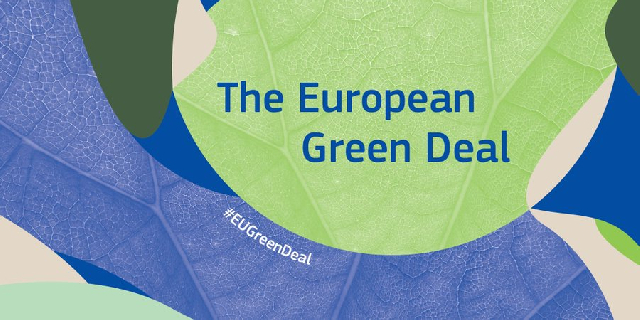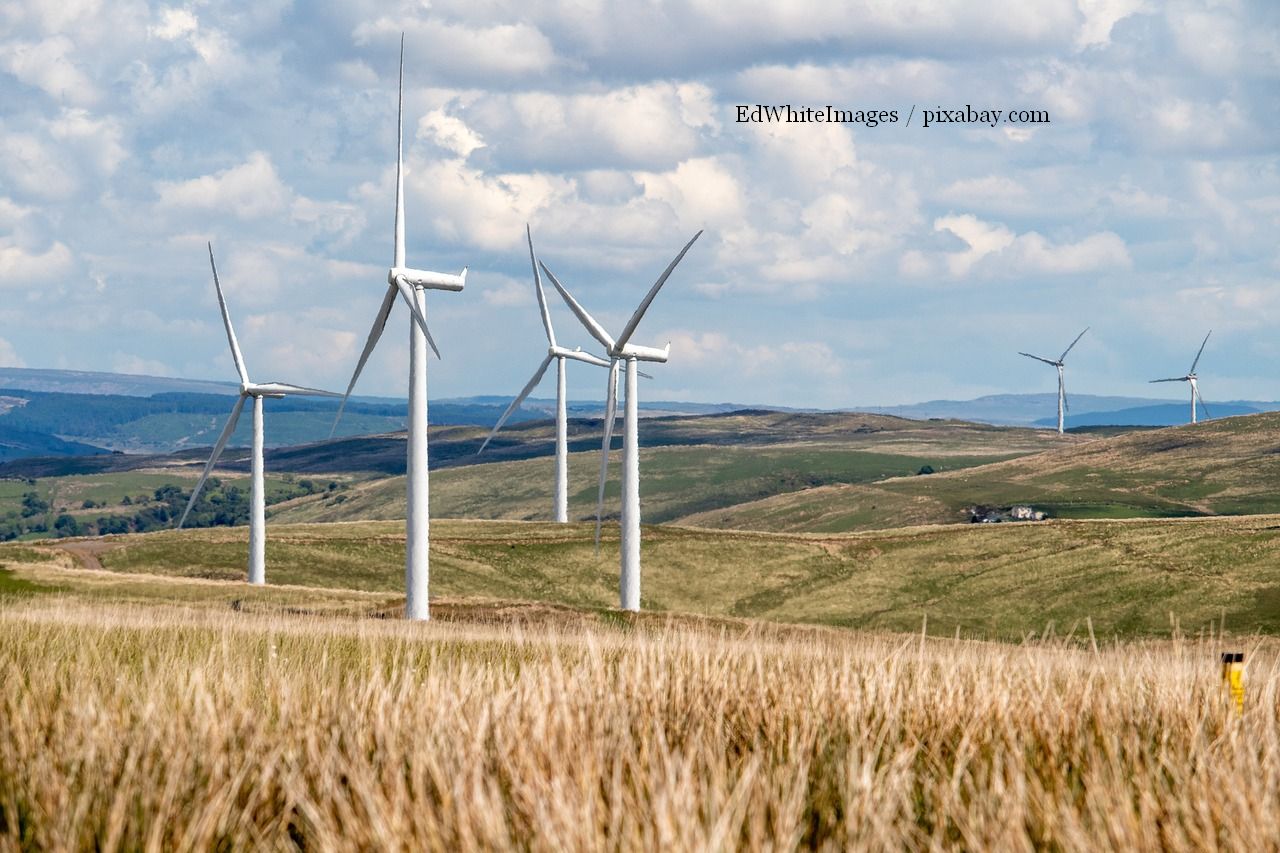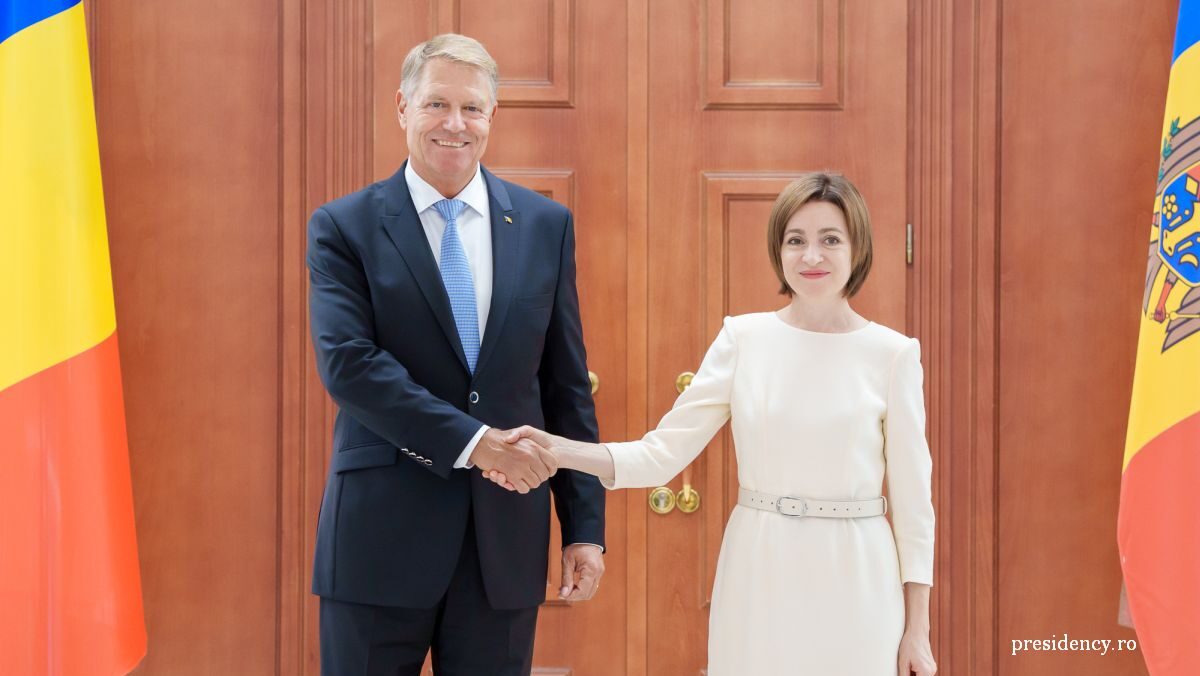European Climate Law
One important step has been taken this month when the European Parliament passed the European Climate Law

Corina Cristea, 23.10.2020, 13:30
One important step has been taken this month when the European Parliament passed the European Climate Law, which aims to turn into obligation the promises made by the EU as to becoming carbon neutral by 2050. With this law, European citizens and companies will have a legal framework and the predictability needed to face the needed changes. This action was very important, with a major impact on quality of life, but also on economies, making this law historic. It has to be mentioned, however, that globally the EU emits only 8 to 9 percent of the total greenhouse gases. Professor Mircea Dutu, president of the Ecological University of Bucharest, speaking on Radio Romania, recalled that the climate issue is only one of the aspects of the European Green Deal. The latter was proposed by the European Commission in 2019 as a new sustainable growth strategy for all of the Union’s areas of action, aiming for a fair and inclusive transition to a modern economy, more efficient use of resources, and more competitive.
Prof. Dutu explains:
“This is about separating growth from resources, and turning ecological priorities into challenges, in opportunities for economic and social development. As such, the entire EU strategy aims for a new model of ecological transition. Under the Deal, a few important strategies have already been put into place – the strategy for biodiversity, for food, and on March 4 this year they launched this set of rules for the European Parliament and for the council that is supposed to apply carbon neutrality, which they called the European Climate Law. If you ask what this law is, it is a set of rules, a special EU document which quantifies and makes compulsory the aims for climate. For 2030, first they aimed for 40%. The Green Deal went to 50%. On September 15, the president of the EC, in the report to the Union, went futher, and upped it to 55%. The parliamentary majority, by passing this set of rules, upped even further, going to 60%, in order to answer requirements and commitments that the EU undertook under the Paris Accord on limiting the increase in temperature to 1.5 degrees as compared to the pre-industrial era.
The European Parliament now has to reach an agreement between all 27 member states on the final threshold, but only some of them said that they would support a 60% emissions reduction. While richer states, with better renewable energy resources, want a greater reduction in greenhouse gases, countries that are still dependent on coal, like Poland and the Czech Republic, are afraid of the bad economic consequences of a figure that is too high. Their reticence lies in the fact that a more ambitious target is not necessarily better, lacking a feasibility study, as it could have social consequences that might cost even more on medium term. It is more and more evident that a compromise is needed, and EuroMPs want to avoid member countries reducing the target proposed by the EC, that of at least 55%. This is the percentage provided by experts. They say that a reduction by 55% by 2030 is the minimum needed in order to allow the EU to follow through with its plan to become climate neutral by 2050, a plan that, if applied globally, would allow limiting global warming to safe levels.
The Green Deal is not only about ecology, according to Prof. Dutu:
“This is a development model at the EU level. Everything has to be seen from the perspective of ecological transition, which means also energy transition, it also means transition in terms of consumption, and climate transition. You might ask what climate neutrality means in 2050. This target means, in simple terms, that an equal amount of greenhouse gases get absorbed as get emitted. That means that I do not add to what already exists. This law makes obligatory several objectives. It is a set of rules, a law, financial penalties are provided for states that do not want to fulfill their objectives and tasks, responsibilities that now fall on them in this area from the perspective of community law. One other element that has to be pointed out – the states that say that they will have to make additional effort will need additional facilities from the EU.
In fact, 35% of the Horizon Europe budget – an EU program for research and innovation for 2021-2027 – will be earmarked for configuring solutions required by the Green Deal in areas such as adapting to climate change, the influence on cities, on the soil, on oceans, and countries such as Romania have to be prepared to absorb these moneys with reliable projects. Data from the European Environmental Agency show that 75% of greenhouse gas emissions in the EU is generated by the energy and transportation industries, and that atmospheric pollution results in over 400,000 deaths every year.






























